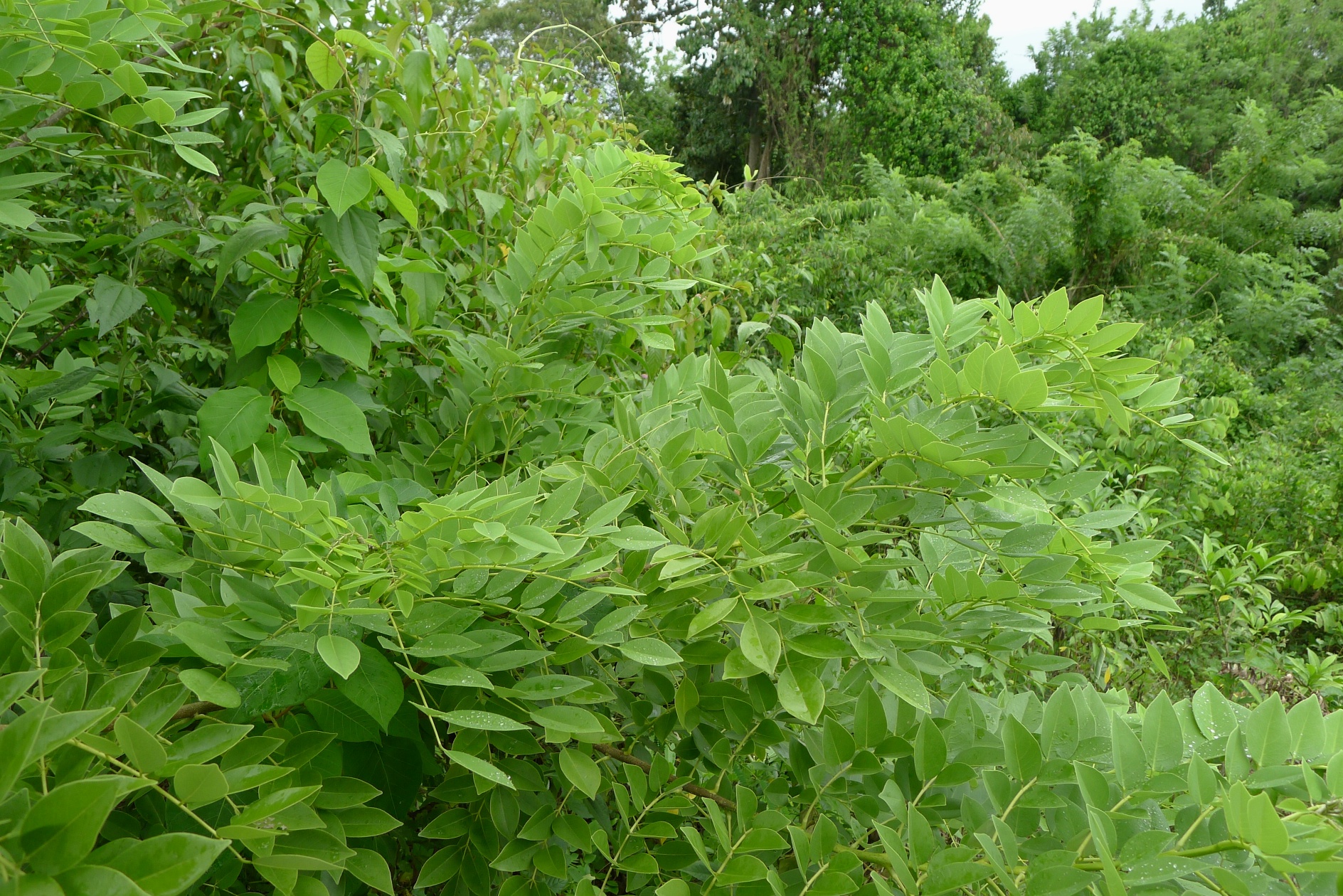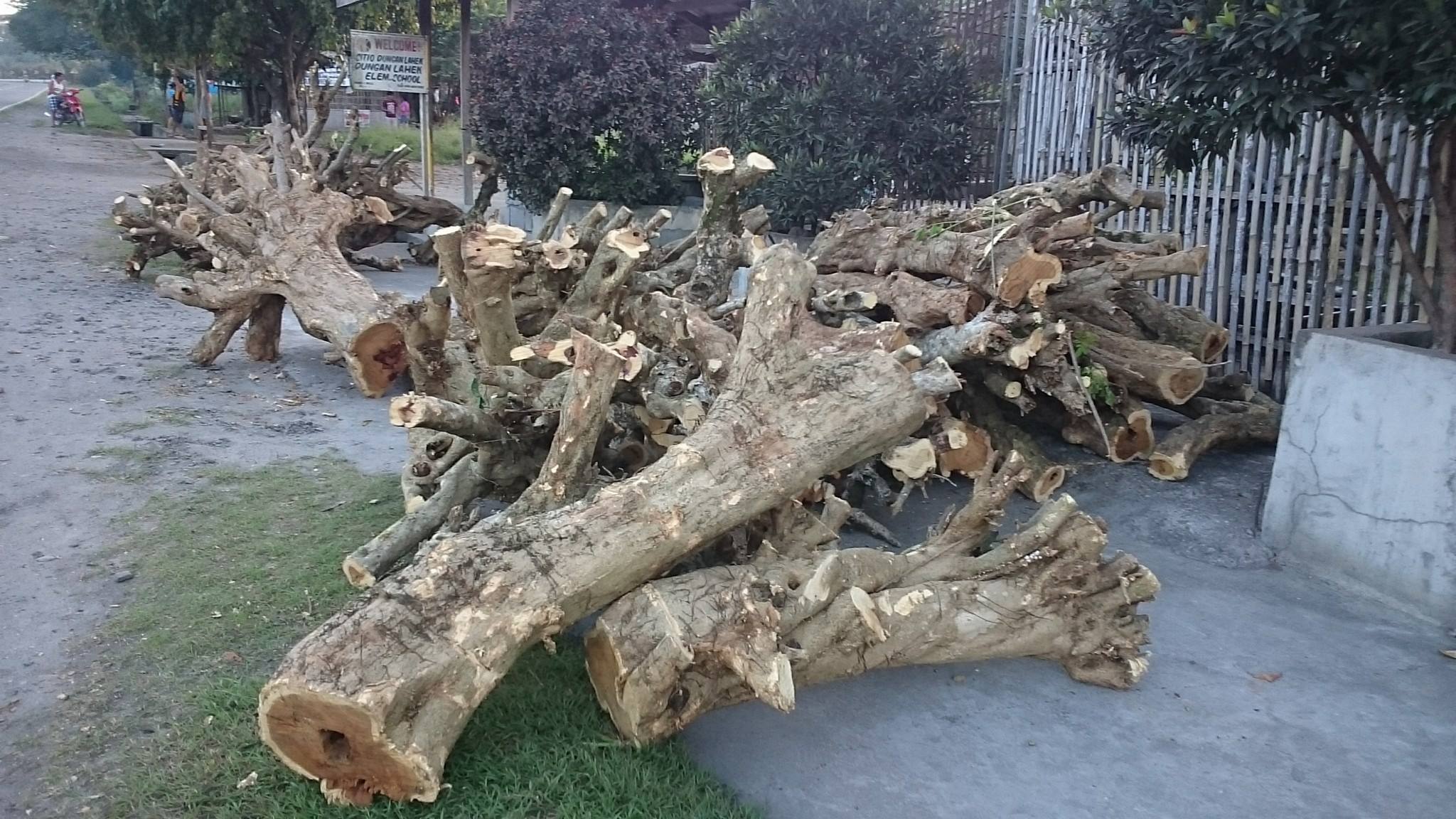Are you familiar with the kakawate tree, madre de cacao? This fast-growing plant is not just a beautiful addition to your garden, but it also has numerous uses and benefits. From providing animal fodder to being used for furniture and even preventing soil erosion, the kakawate tree is truly a wonder of nature. In this blog post, we’ll explore all you need to know about this incredible plant – its characteristics, applications, profitability in planting, importance in reforestation, and preventing soil erosion. So, let’s dive right in!
Kakawate Tree Description and Characteristics
The kakawate (also spelled kakawati) is a tropical plant in the Leguminosae family. It can grow up to 12 meters tall and has a trunk diameter of about 30 centimeters. The bark is smooth and grayish-brown.
One of its most distinguishing characteristics is its leaves, which are pinnately compound – meaning they have multiple leaflets arranged on either side of a central stem. These leaves are dark green with an oblong shape and pointed tip.

When it comes to flowers, the kakawate tree produces small white or pink blooms that are grouped in clusters at the end of branches. These flowers eventually turn into long seed pods that contain several seeds inside.
Another notable characteristic of this plant is its fast-growing nature. With proper care and conditions, it can reach maturity within just 3-4 years! This makes it ideal for reforestation projects and other initiatives to combat deforestation.
In addition to these traits, the kakawate tree is also commonly called “madre de cacao” due to its traditional use as a natural insecticide for cocoa trees (cacao). Its scientific name is Gliricidia sepium – but you’ll likely hear locals refer to it simply as kakawate!
Uses and Applications
Madre de Cacao is a versatile plant with numerous applications in various industries. One of the most popular uses of this tree is for furniture making. Its durable wood can create sturdy and long-lasting chairs, tables, and other types of furniture.
Aside from being utilized as a raw material for furniture production, Kakawate trees are also commonly grown as live fences. Farmers often plant these trees around their fields to protect their crops from pests and animals. The leaves of the Kakawate tree contain natural insecticides that repel harmful insects like aphids and mites.
Moreover, the leaves of this tree serve as an excellent source of animal fodder. Livestock farmers feed their animals with their leaves because they are rich in protein and essential minerals such as calcium and phosphorus.
In addition to these practical uses, horticulturists use the trunk of the Kakawate tree as planting material for orchids. Some plant orchids directly with coconut husks, while others wrap the kakawate trunk with coconut coir to hold water before planting orchids.
Charcoal made from this fast-growing species has become increasingly popular due to its high carbon content, which makes it burn hotter than regular charcoal while producing less smoke.
The diverse range of applications that result from one single plant proves how valuable kakawate/madre de cacao could be, in terms of commerce and in maintaining ecological balance through reforestation efforts while providing livelihood opportunities for people who depend on forest-based products.
Is Planting Kakawate Profitable?
Planting Madre de Cacao can be a profitable venture for farmers and landowners. This fast-growing tree has several uses and is highly demanded in various industries.
One of the most popular applications of Kakawate is furniture making. The wood from this tree is durable and resistant to decay, making it perfect for creating long-lasting pieces such as chairs, tables, and cabinets. Once the trunk is harvested, the branches can be turned into charcoal.
Charcoal-making alone can provide sustainable income for farmers because it allows them to grow faster and harvest every year.
Importance in Reforestation and Preventing Soil Erosion
Kakawate is an essential species in reforestation efforts and preventing soil erosion. This tree has deep roots that can firmly hold the soil together, reducing erosion caused by water runoff or heavy winds.

Moreover, kakawate trees are fast-growing and have a high survival rate in various climatic conditions. Therefore, planting these trees in degraded lands or areas affected by deforestation can help restore the ecosystem quickly.
The leaves of this tree are rich in nutrients such as nitrogen and phosphorous; therefore, it helps to improve the fertility of the soil when they fall off and decompose. As a result, other plants can grow better on nutrient-rich soils with decreased risk of topsoil loss due to weathering.
In addition to preventing soil erosion and restoring degraded land areas through reforestation efforts, using Kakawate trees also produces numerous benefits for local communities. For example, it provides fuelwood for cooking and animal fodder for livestock farmers.
Kakawate is one of those versatile plants capable of contributing positively towards environmental conservation while delivering many socioeconomic benefits to humans!
Final Thoughts
As we wrap up this article, it is clear that the Kakawate tree, also known as Madre de Cacao, is a versatile and valuable plant with numerous applications. Its fast-growing nature and drought-resistant properties make it an excellent choice for reforestation efforts and preventing soil erosion.
Whether you want to use it in furniture-making or as animal fodder, the Kakawate tree offers many benefits that cannot be ignored. Moreover, its ability to serve as a live fence or planting material for orchids only adds to its appeal.
Despite some concerns about profitability when growing Kakawate trees commercially on large-scale farms, they remain attractive for smallholders who may benefit from their versatility and multiple uses.
In conclusion (just kidding!), if you’re thinking of adding plants to your garden or farm soon, consider giving the Kakawate tree a try – you will reap the benefits listed above and contribute positively towards environmental consciousness while doing so.
See Also:
- Ipil-ipil Tree: All You Need to Know
- Lauan Tree: All You Need to Know About Lawaan
- Bayag-usa Tree Description and Medicinal Uses
- Lapnisan: Agarwood Description, Characteristics, and Uses
- Tindalo Tree Characteristics and Uses
